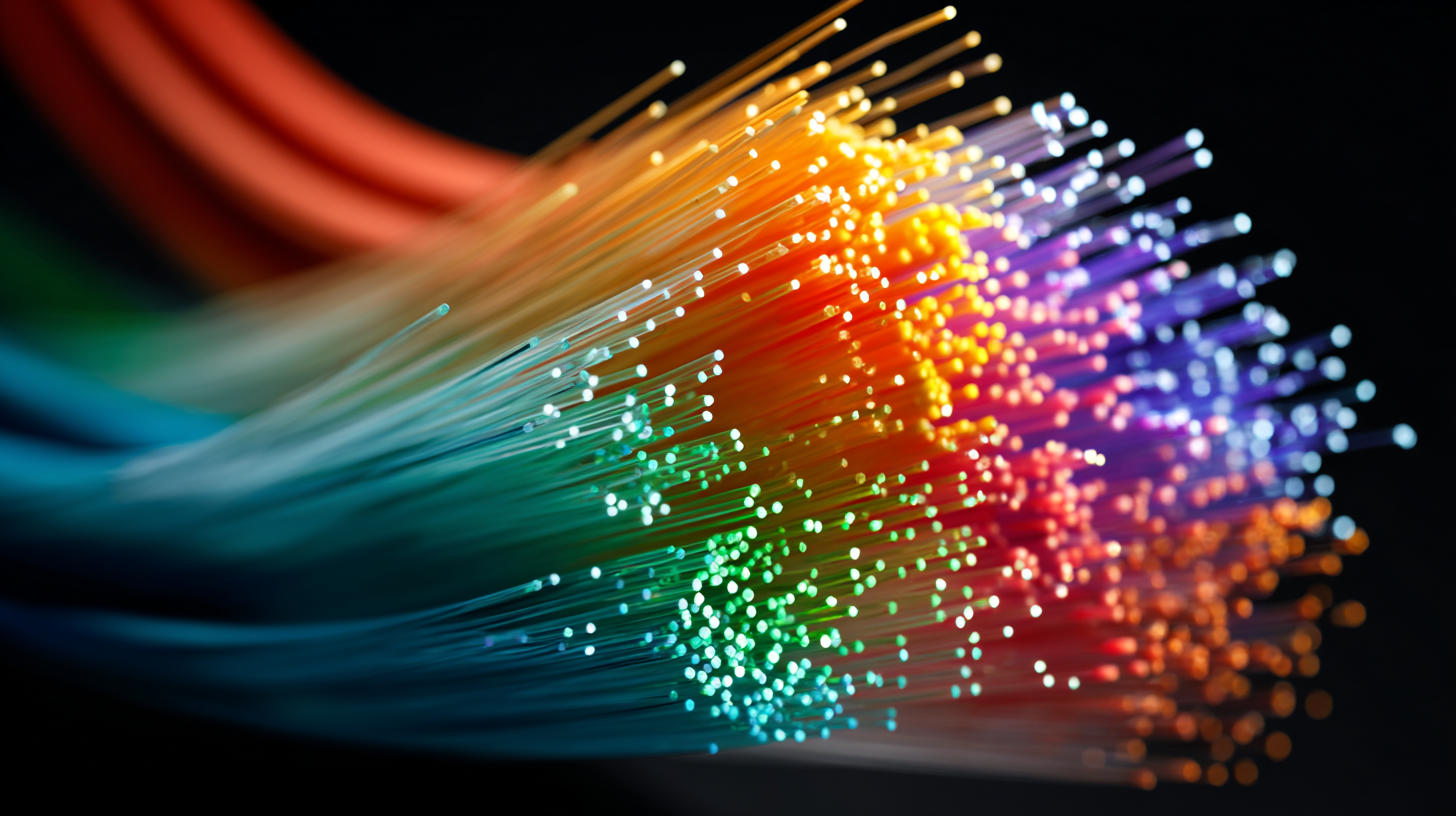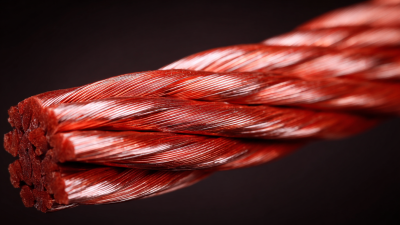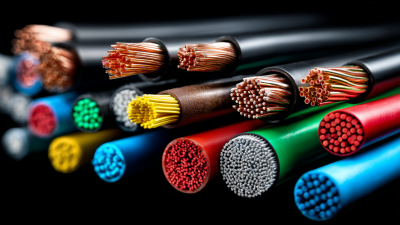
-
Home
-
Products
-
PVC Cable Material
-
Low Smoke Zero Halogen Cable Material
-
Cable material
-
Optical fiber cable
-
-
About Us
-
VR
-
News
-
Blog
-
Contact Us
Leave Your Message

In the rapidly evolving field of modern telecommunications, the integrity and performance of optical fiber networks are paramount. One critical component that significantly contributes to these systems is the Optical Cable Filling Gel. According to a study by the International Telecommunication Union (ITU), over 70% of global internet traffic now travels via fiber-optic cables, underscoring the importance of optimal cable performance to meet increasing data demands.
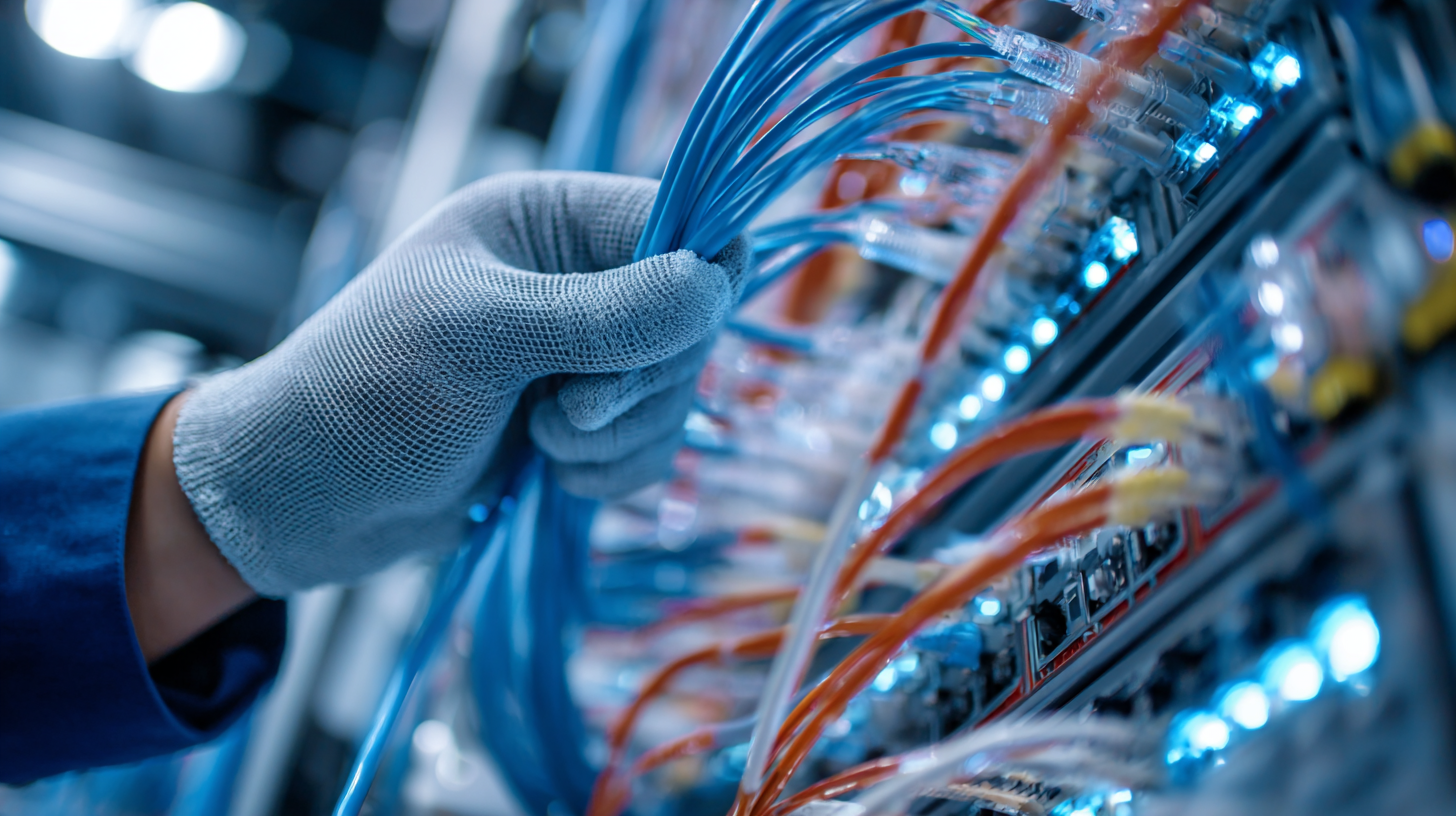
The role of filling gel cannot be overstated, as it ensures water resistance, fiber protection, and reduced signal loss, directly influencing the longevity and reliability of optical networks. Furthermore, data from the Fiber Optic Association reveals that the proper application of filling gel can decrease installation costs and enhance overall network efficiency by up to 15%.
As the telecommunications industry continues to expand, understanding the essential role of Optical Cable Filling Gel becomes not only beneficial but necessary for maintaining competitive advantage and technological advancement.
Optical cable filling gel plays a crucial role in the functionality and longevity of telecommunications systems. This specialized gel is primarily applied to fill the voids within optical cables, providing a protective barrier against moisture and environmental contaminants that can compromise signal integrity. Additionally, the gel helps to maintain the structural integrity of the fibers, absorbing mechanical stress during installation and mitigating the risk of micro-bending, which can lead to signal loss.
Beyond its protective properties, the filling gel also aids in temperature regulation within the cable. By accommodating thermal expansion and contraction, it prevents damage that may arise from extreme temperature fluctuations. Moreover, the gel's optical transparency minimizes loss during transmission, ensuring high-quality signal delivery. In summary, the functionality of optical cable filling gel is essential for maintaining reliable performance in modern telecommunications, underscoring its importance in the design and implementation of robust optical networks.
| Property | Description | Importance in Telecommunications |
|---|---|---|
| Viscosity | The thickness of the gel, affecting ease of application. | High viscosity ensures minimal movement within the cable. |
| Temperature Stability | Resilience across a wide temperature range. | Prevents gel degradation, ensuring long-term protection. |
| Water Blockage | Ability to prevent water ingress. | Crucial for maintaining signal integrity. |
| Compatibility | Compatibility with other materials used in optical cables. | Ensures optimal performance without chemical reactions. |
| Non-Toxicity | Safety for installation and maintenance workers. | Promotes safe handling and environmental responsibility. |
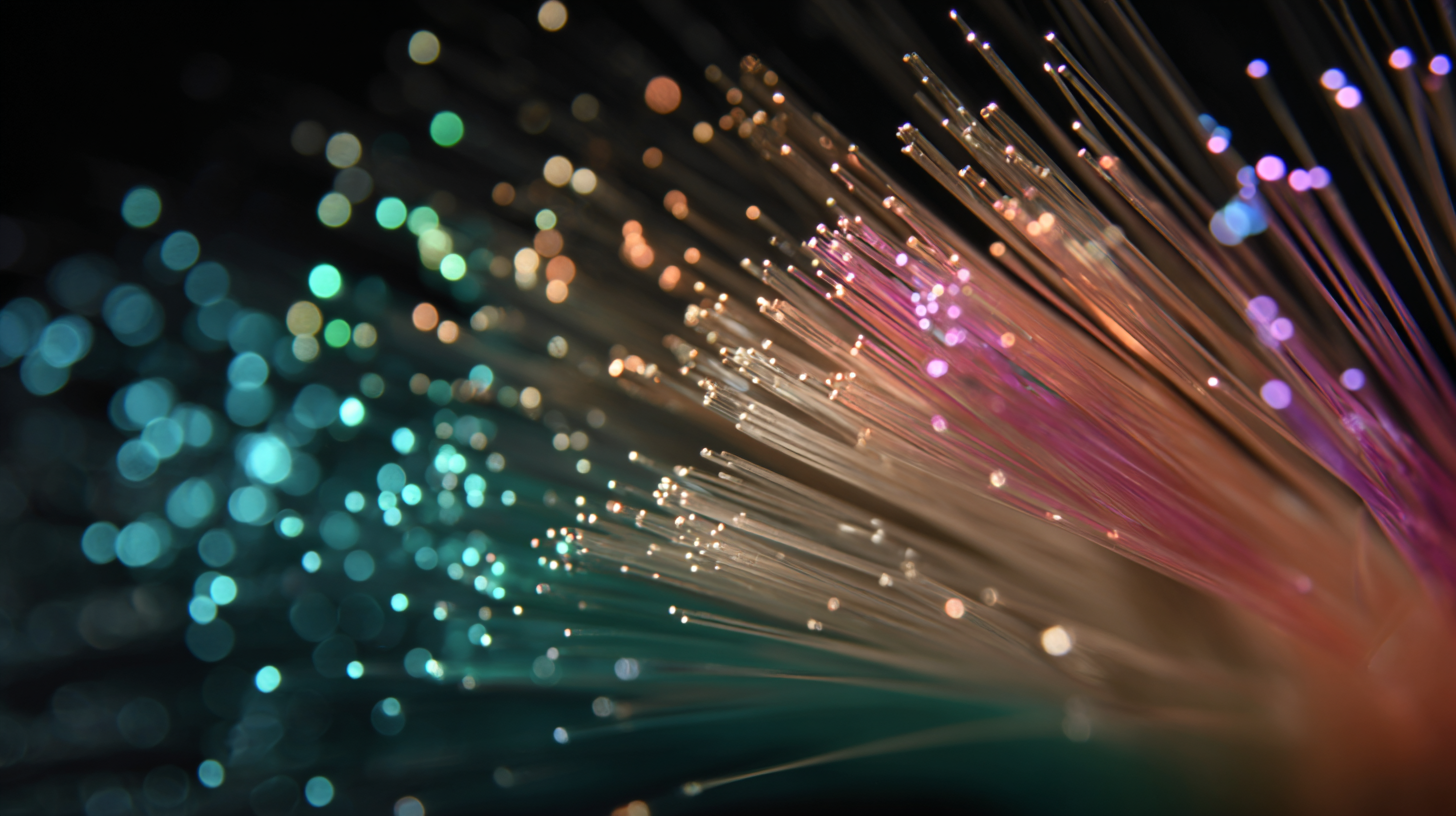 In modern telecommunications, the use of optical cable filling gel has become crucial for enhancing the performance and longevity of fiber optic cables. This specialized gel acts as a protective medium that fills the gaps within the cable, preventing moisture ingress and providing necessary cushioning against physical stress. One of the key benefits of incorporating optical cable filling gel is its ability to significantly improve the overall reliability of data transmission. By reducing cable strain and protecting against environmental factors, the gel ensures that signals remain stable and uninterrupted.
In modern telecommunications, the use of optical cable filling gel has become crucial for enhancing the performance and longevity of fiber optic cables. This specialized gel acts as a protective medium that fills the gaps within the cable, preventing moisture ingress and providing necessary cushioning against physical stress. One of the key benefits of incorporating optical cable filling gel is its ability to significantly improve the overall reliability of data transmission. By reducing cable strain and protecting against environmental factors, the gel ensures that signals remain stable and uninterrupted.
Additionally, the filling gel serves a dual purpose by acting as a barrier against contaminants that could compromise the integrity of the fiber optics. This protection not only extends the lifespan of the cables but also ensures optimal performance over extended periods. As a tip, when selecting fiber optic cables, consider those specifically designed with high-quality optical gel for added durability and reliability.
Moreover, the application of optical cable filling gel can enhance thermal management within the cable. The gel can help dissipate heat, preventing potential overheating that may lead to signal degradation. For those in the industry, it’s essential to prioritize the gel's properties when designing or installing optical systems. Always check the compatibility of the gel with the materials used in the cable to maximize efficiency and performance.
When selecting the right optical cable filling gel for your network needs, it's crucial to consider factors such as temperature stability, moisture resistance, and compatibility with different optical fiber types. The filling gel plays a pivotal role in protecting optical fibers from environmental factors, ensuring optimal performance in various conditions. A high-quality gel will prevent water ingress and protect against corrosion, thus extending the lifespan of the cables and maintaining signal integrity.
Another important consideration is the gel's viscosity and flow characteristics, which impact the ease of installation and the efficiency of the filling process. An ideal filling gel should provide excellent thermal conductivity to help dissipate heat and avoid performance degradation. As the global optical communication system and network market is projected to grow significantly from $15.53 billion in 2024 to $29.52 billion by 2032, choosing the appropriate filling gel becomes increasingly vital for telecommunication companies looking to innovate and expand their networks. By making informed decisions on filling gel selection, businesses can enhance their network reliability and performance in a rapidly evolving market.
This chart illustrates the importance of different types of optical cable filling gels used in telecommunications. The data reflects the average performance characteristics such as viscosity, temperature resistance, and environmental stability across various filling gel formulations.
The application of optical cable filling gel is crucial in ensuring the longevity and performance of telecommunications systems.
This gel acts as a moisture barrier, preventing water ingress that could lead to signal degradation and equipment failure. According to industry reports, optical cable systems can experience a
failure rate reduction of up to 30% when appropriately treated with high-quality filling gels. Proper application methods are essential to maximize these benefits.
To apply optical cable filling gel effectively, start by preparing the cable for installation. Ensure that all surfaces are clean and free from debris. Using an appropriate dispensing tool, apply the gel evenly into the cable's core, making sure to fill any voids completely.
A recent study highlighted that inadequate filling can lead to significant moisture accumulation within optical fibers, compromising data integrity and transmission speed.
After application, it is vital to check the cable for any leaks or irregularities that may affect performance in the long run.
By following these application steps diligently, telecommunications professionals can significantly enhance the reliability of their optical cabling systems, thus supporting the burgeoning demand for robust and high-speed internet connections.
The use of optical cable filling gel plays a critical role in ensuring the reliability and longevity of telecommunications infrastructure. However, challenges can arise during installation. Issues such as improper gel application or inadequate sealing can lead to moisture ingress, which jeopardizes the integrity of the fiber and the overall system performance. To mitigate these risks, thorough training for installation teams and strict adherence to manufacturer guidelines are essential. Regular inspections and maintenance can also help identify potential problems before they escalate.
In 2024, the global optical fiber precision cutting knife market is projected to reach $46.95 million, with expectations to grow to $60.87 million by 2032, indicating a compound annual growth rate of 3.3%. This growth emphasizes the increasing reliance on precise optical fiber components, including filling gels, which contribute to effective network deployment. With advancements such as pre-terminated bundled cables simplifying installation processes, the telecommunications industry is evolving to meet higher demands for efficiency and reliability. Addressing common installation challenges while utilizing innovative products can significantly enhance both network performance and project completion times.
